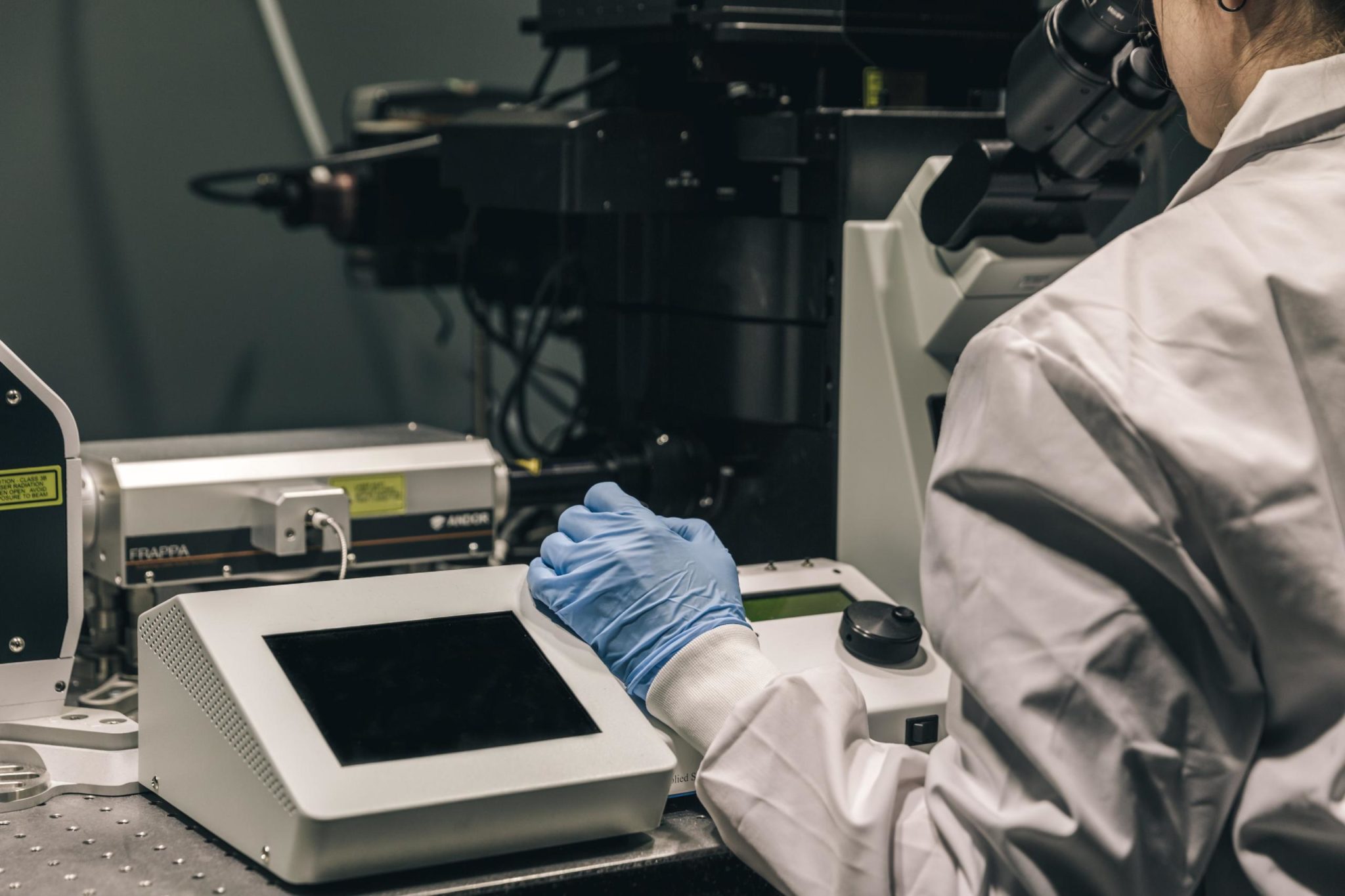At any given time, there are roughly 400 U.S. citizens waiting for a heart transplant. If the geographic boundaries are expanded, the number of individuals needing heart transplants at any given time across the globe is nearly 4,000. What if this number could be reduced through a combination of medical and technological advances that would allow for hearts to be built or more specifically, printed? This might be a reality in coming decades as biomedical engineers are finding new ways to manipulate living tissue.
A Solid Method
Recent innovations by U.S. scientists are helping a one impossible feat to become a reality. Engineers are combining human collagen cells and a newly established 3D printing technique with success. Just this past week, Adam Feinberg, a professor of biomedical engineering, published his research surrounding a new bio-printing method. This method takes liquid collagen and, with the use of a mold, turns it into a solidified structure. Currently, research has focused on the use of collagen to create small structures in the human heart.
Practice Makes Perfect
The medical field has been utilizing 3D printing for the last five years. Up until now, its main function up until now has been as a planning and practicing tool. Since 2015, physicians have been practicing surgical procedures on 3D printed body structures. Doing so gives physicians an idea of how patients with unique medical issues may respond to certain operations or techniques. Successful practice surgeries with these printed models have become important tools for setting patient’s at ease prior to an operation.
A FRESH Perspective
While Feinberg’s new method, named, FRESH, is impressive, it is the methodology’s limitless potential that has the medical world talking. On a larger scale FRESH could potentially create whole organs. Experiments like these are already in the works. Collagen may be the starting point with other human tissues introduced in the future. Experimentation could result in the creation of parts or entire organize which more closely resemble those that are natural.
Are you interested in a medical career in the U.S.? A rotation with AMO can help you towards this goal. Click here to explore the rotations offered and apply to those that fit your unique interests.







Leave A Comment